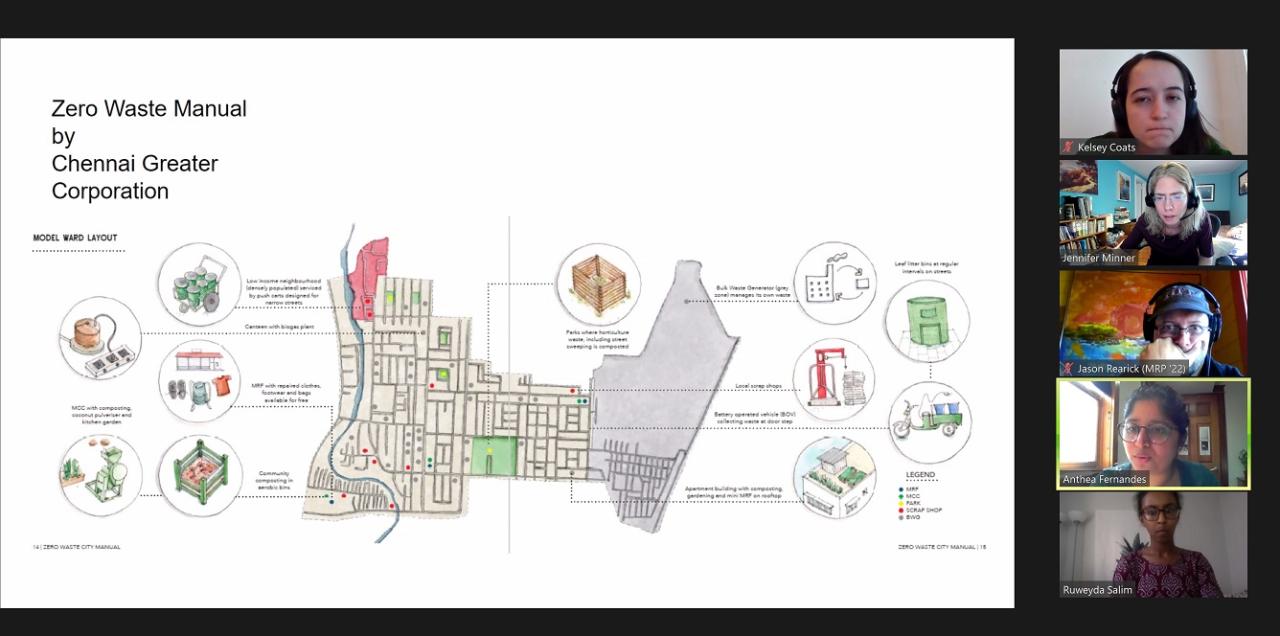The Just Places Lab is a collaborative platform for research on community memory, public imagination, and the just care of cities and places
An introduction by Dr. Jennifer Minner, Just Places Lab Director
While at Cornell University, much of my research and teaching has concentrated on understanding tensions and synergies between city planning and preservation, especially in considering means of equitably caring for places, communities, and the built environment. The phrase ‘just places’ was originally a provocation - a question and a challenge. In 2019, I taught the first of a series of courses about intersections of creative practices, social equity, and preservation. Just Places? Community Preservation, Art, and Equity investigated how the arts and creative place-keeping can ignite historical consciousness and engage with creative practices that repair, maintain, celebrate, defend, remember, reinterpret, adapt, and preserve places and communities. The class was a method of exploration with students and collaborating community partners (Enterprise Community Partners and Assembly House 150), what city planning, preservation, and allied fields were imagining and doing to work creatively toward socially just places. The emphasis in the course Just Places? was on artistic practices and visual media. I became increasingly conscious of the power of creative practices to invoke the past and give new life to urban memory, to imagine alternative futures, to challenge present conditions, and to engage simultaneously and reciprocally with the built and social aspects of cities.
The Just Place Lab was established in 2020 although it has roots in previous research projects, classes, and collaborations. The lab is now one of 15 labs within the Mui Ho Center for Cities. Our work has grown through the extraordinary contributions of student researchers and other collaborating scholars. Student researchers come with their own strengths, skills, and experiences. They are undergraduate students in Cornell's Urban and Regional Studies program and graduate students in the Master in Regional Planning, Master in Regional Science, and Master in Historic Preservation Planning programs. Lab researchers have included PhD candidates in City and Regional Planning and Regional Science. The lab has supported collaborations with scholars from other fields both within Cornell and at other institutions. We have worked with a variety of community-based organizations and networks, including helping to found and support the efforts of Circularity, Reuse, and Zero Waste Development (CR0WD), Cornell Undergraduate Research to Action-Youth, Dreaming-on-Hudson, and Assembly House 150.
Image
Within the lab, there are a variety of research projects that serve as a series of learning pathways about the intertwined nature of materiality and society in the continuous shaping and care of places. These research projects have been about the importance of imagination, and the tools of creative media and practices (including art, technology, urban maintenance and preservation) to expand consciousness about society and the world around us in ways that lead to and inform action.
Image

The Just Places research continuously evolves with students, community partners, and additional collaborating scholars. The lab is intended to be a network like a rhizome - an underground stem that continuously put out "lateral shoots and adventitious roots."[1] Rhizomes are known for their persistent and robust ability to cover a lot of ground.
In addition to the question of envisioning and constructing Just Places are central themes:
Equity Preservation: Frameworks and tactics for support of citywide building reuse policies, preservation, and other forms of care for the built environment that promote equitable community reinvestment, social justice, and place attachment and belonging.
(Re)Building Imaginaries: Conducting research to understand creative and critical practices that have the potential to transform planning, historic preservation, and allied fields that shape and care for the built environment. This involves study and participation in the production of creative and analytical media (e.g. maps, art, scenario planning tools, moving images) that ignite public imagination about senses of time, place, community, and adaptations of resources of the present, the past, and possible futures.
Participatory research: Engaging with community in collective learning, visioning, remembering, and action.
The lab is located in the field, in offices, in homes, in communities, and in virtual spaces of collaborating students, faculty, and community partners.
Video file


